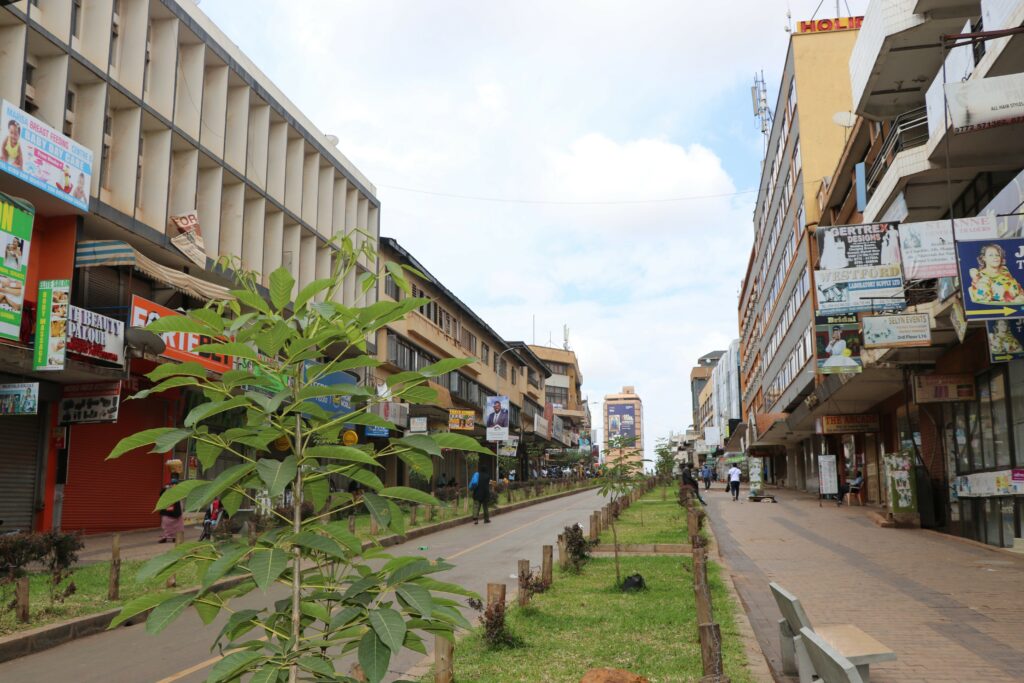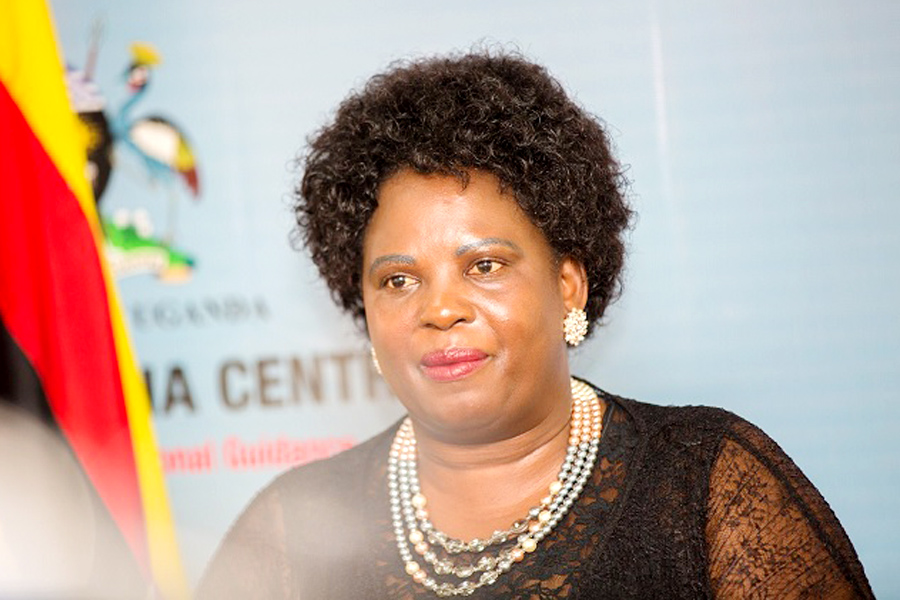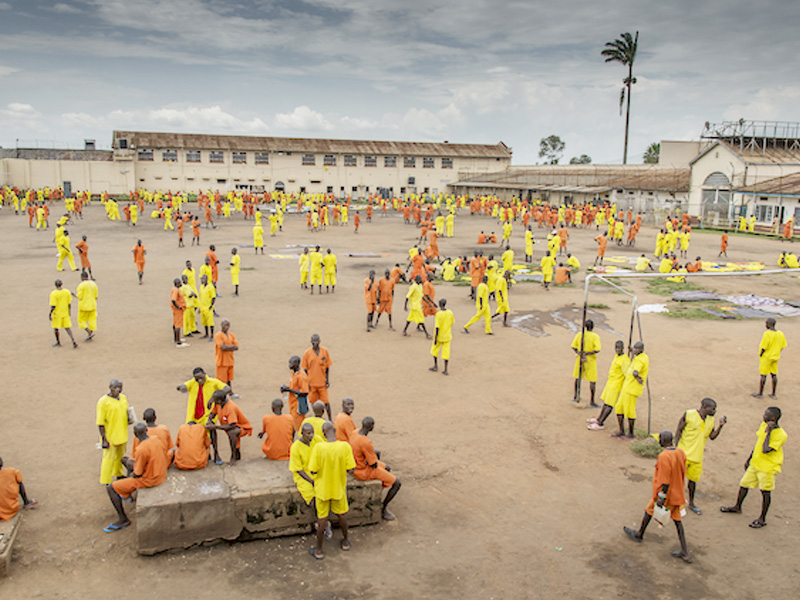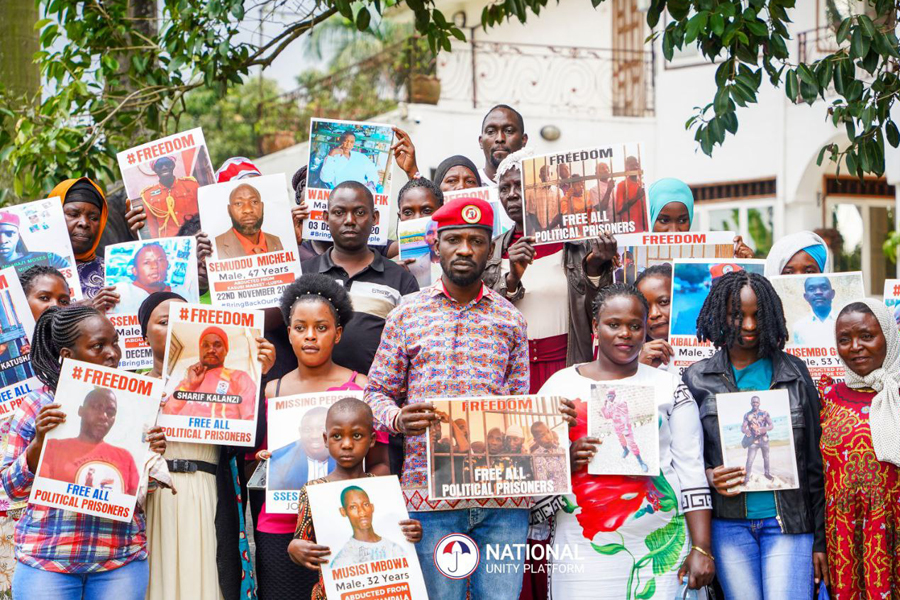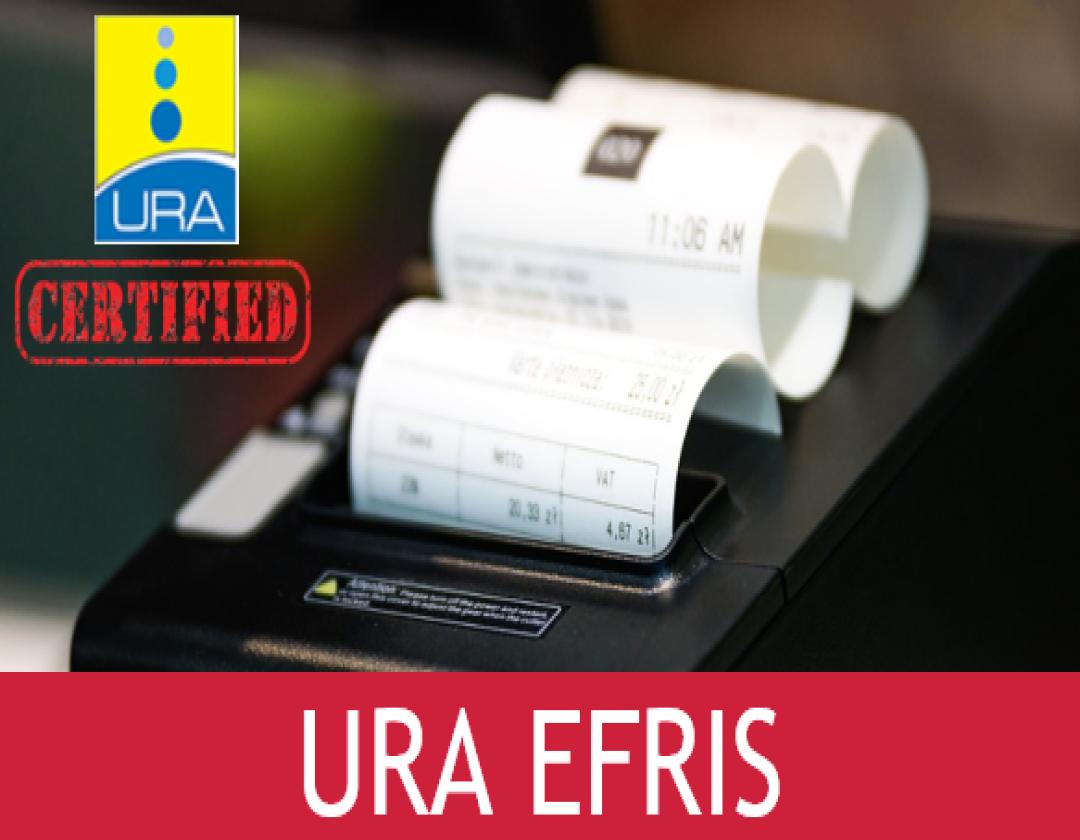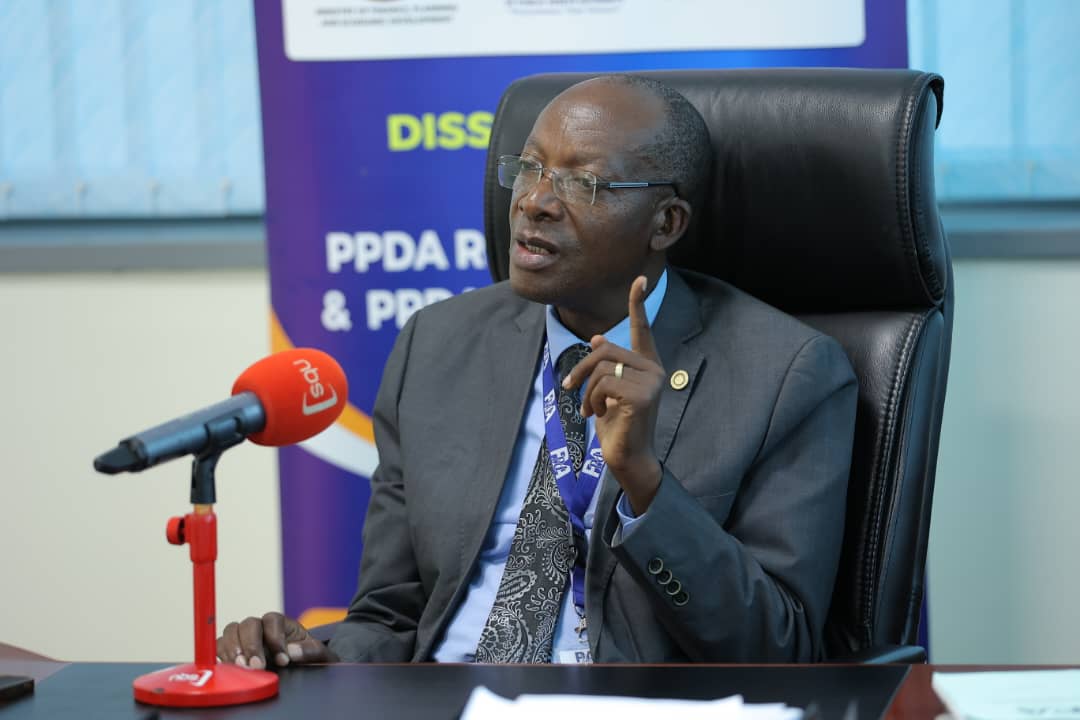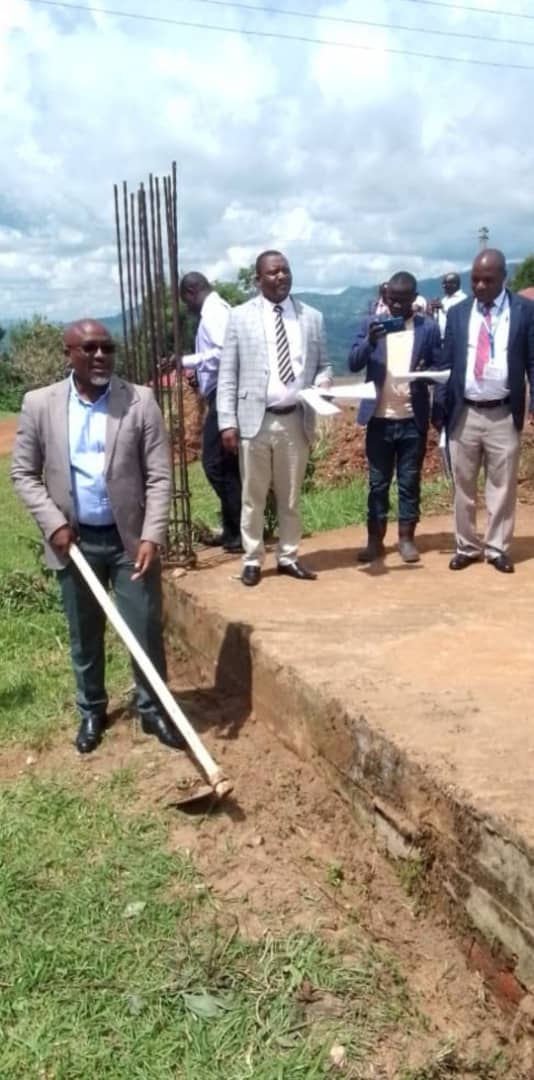Opinion: Law to restitute properties to traditional leaders is not constitutional
The Traditional Rulers (Restitutions of Assets and Properties) Act Cap 247 has no legal basis. Claims by Kingdoms basing such claims on the said Act are a nullity.
The 1962 Public Lands Ordinance transferred all crown land to the Controlling Authority to be held as public land on behalf of the crown.
The controlling authorities were the Uganda Land Commission, the Buganda Land Board, boards of other Kingdoms and the District Land Boards. Buganda land Board was therefore the controlling authority over public land and not the private land of the Kabaka.
When Kingdoms were abolished in 1966, the 1967 Constitution vested the Uganda Land Commission with the property which were under the control of the Buganda Land Board (including other Kingdoms’ Land Boards) and the District Land Boards.
The Buganda Land Board was in constitutional existence for only 5 years during which period it held and managed public land including the 9,000 acres and official mailo for the benefit of the people of Buganda and not the Kabaka in person.
However, when the NRM came to power, various Cultural Institutions especially the Buganda Cultural Institution (Kingdom) laid claims seeking to regain property that was purportedly confiscated from them under the 1967 Constitution.
The government quickly enacted the Traditional Rulers (Restitution of Assets and Properties) Act, Cap. 247 to restore the said assets.
For the avoidance of doubt, S. 2(4) stated that for the case of Buganda the properties were specified in the schedule and were to be vested in the Kabaka of Buganda in the same estate or interest as was held by the Uganda Land Commission.
The schedule referred to in Section 2(4) numerated the properties as follows:- The Bulaange, the Lubiri at Mengo; the Butikiro; the Buganda Court Building; Kabaka’s official 350 square miles of land; Namasole’s ten square miles of land; Banalinya’s land; Kabaka’s Lake; Former Omulamuzi and Omuwanika’s official residences of Mengo; Land adjacent to Lubiri on which three Buganda Ministerial houses used to stand; All Bassekabaka’s Tombs; Buganda Works Building at Kakeeka; Basiima House; Nalinya’s house at Lubaga.
None of the properties named in the schedule was given any legal description. It could not be ascertained on any Title Deed whether the properties actually belonged to the Traditional Rulers, individuals or government. It was guess work and unenforceable for uncertainty.
The unconstitutionality of the Act is further exposed in so far as it did not distinguish between land held by the traditional rulers in their personal capacity and that which belonged to the kingdom and the districts.
The relevant article in the 1967 Constitution is article 108 (3) (5) (b). That article vested in the Uganda Land Commission “any land which immediately before the commencement of this Constitution is vested in the Land Board of a Kingdom or a District”.
It is clear that NOT ALL the land which by the 1967 Constitution vested in the Uganda Land Commission had been the property of the Traditional Rulers of either Buganda Kingdom or any other Kingdom.
These were properties which belonged to a kingdom or a district as an administrative Unit and never belonged to traditional rulers and cannot be a subject of restitution as the properties never belonged to them in the first place.
The Act did not specify the properties for other traditional rulers but stipulated that the government shall hold negotiations with the traditional rulers concerned with a view of returning to them such assets and properties as may be agreed.
The negotiations would also be extended to the Kabaka of Buganda in respect of any asset or property other than those specified in the schedule to the Act.
The case of Buganda Kingdom was self-explanatory. The Land Law of 15th June 1908 created two tenancies; Under Section 2 thereof, individual tenancy called “Mailo” was created. Under section 5 a tenancy called “Official mailo” was created and was described as that land which a Chieftainship shall hold for the time he shall hold the chieftainship.
The official mailo was to pass with the office and the use was only to be enjoyed by the holders of the office.
Article 108 (5) (b) of the 1967 Constitution transferred land under the Land Boards of a Kingdom (e.g. Buganda) or a District, being administrative properties to the Uganda Land Commission.
Therefore the 1967 Constitution never confiscated land which belonged to traditional rulers.
On the contrary article 126 (1) of the 1967 Constitution preserved the mailo land tenure under which the Traditional Rulers held property.
Today traditional rulers continue to enjoy their properties under mailo which was resituted under the 1995 Constitution. In Buganda this is either under the estate of the Late Kabaka Daudi Chwa or Muteesa estates Ltd.
The Traditional Rulers (Restitutions of Assets and Properties) Act Cap 247 has no legal basis and is of no consequence. All Memoranda of Understanding with any Kingdom basing their claim on the said Act are a nullity.
The author is minister of state for Lands



